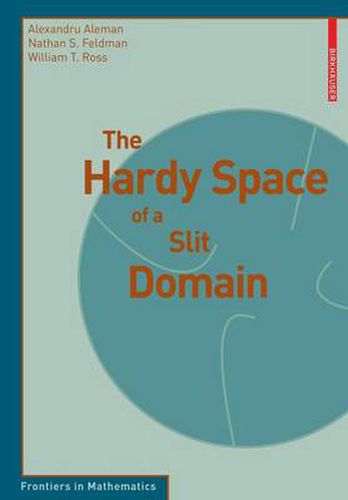Readings Newsletter
Become a Readings Member to make your shopping experience even easier.
Sign in or sign up for free!
You’re not far away from qualifying for FREE standard shipping within Australia
You’ve qualified for FREE standard shipping within Australia
The cart is loading…






If H is a Hilbert space and T : H ? H is a continous linear operator, a natural question to ask is: What are the closed subspaces M of H for which T M ? M? Of course the famous invariant subspace problem asks whether or not T has any non-trivial invariant subspaces. This monograph is part of a long line of study of the invariant subspaces of the operator T = M (multiplication by the independent variable z, i. e. , M f = zf )on a z z Hilbert space of analytic functions on a bounded domain G in C. The characterization of these M -invariant subspaces is particularly interesting since it entails both the properties z of the functions inside the domain G, their zero sets for example, as well as the behavior of the functions near the boundary of G. The operator M is not only interesting in its z own right but often serves as a model operator for certain classes of linear operators. By this we mean that given an operator T on H with certain properties (certain subnormal operators or two-isometric operators with the right spectral properties, etc. ), there is a Hilbert space of analytic functions on a domain G for which T is unitarity equivalent to M .
$9.00 standard shipping within Australia
FREE standard shipping within Australia for orders over $100.00
Express & International shipping calculated at checkout
If H is a Hilbert space and T : H ? H is a continous linear operator, a natural question to ask is: What are the closed subspaces M of H for which T M ? M? Of course the famous invariant subspace problem asks whether or not T has any non-trivial invariant subspaces. This monograph is part of a long line of study of the invariant subspaces of the operator T = M (multiplication by the independent variable z, i. e. , M f = zf )on a z z Hilbert space of analytic functions on a bounded domain G in C. The characterization of these M -invariant subspaces is particularly interesting since it entails both the properties z of the functions inside the domain G, their zero sets for example, as well as the behavior of the functions near the boundary of G. The operator M is not only interesting in its z own right but often serves as a model operator for certain classes of linear operators. By this we mean that given an operator T on H with certain properties (certain subnormal operators or two-isometric operators with the right spectral properties, etc. ), there is a Hilbert space of analytic functions on a domain G for which T is unitarity equivalent to M .